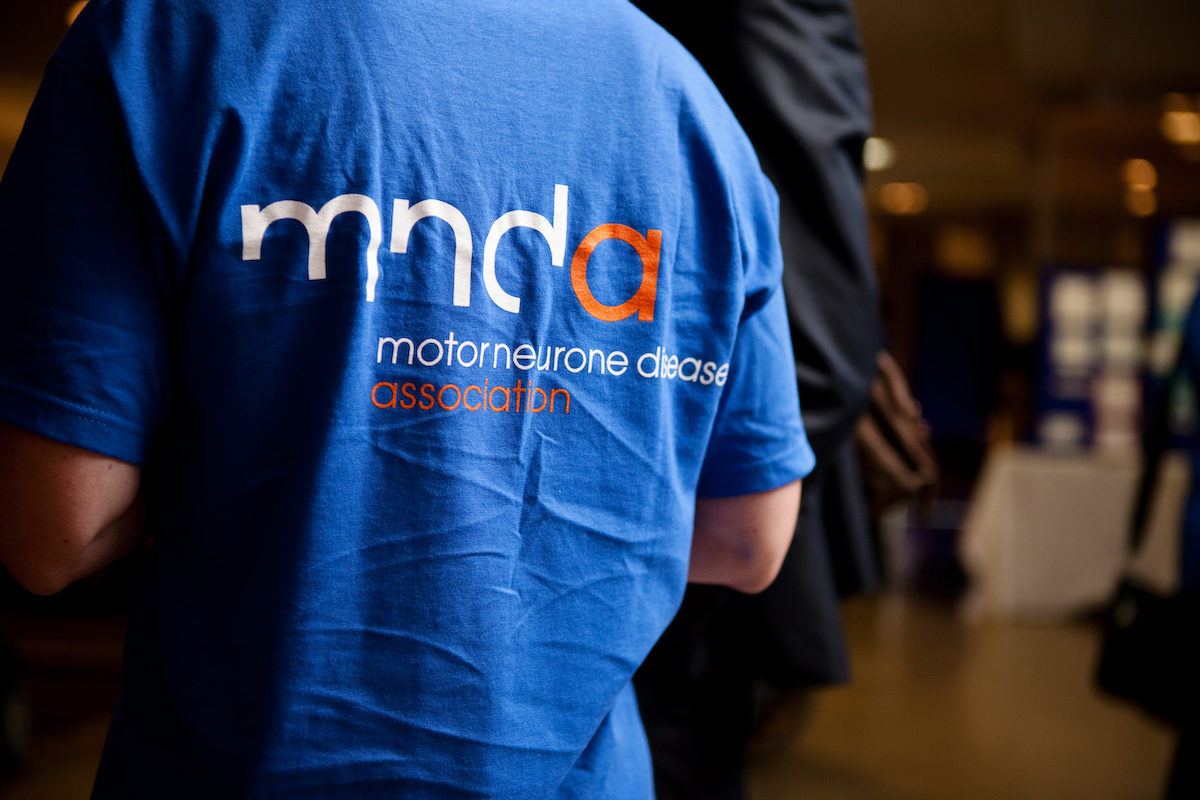The scale and scope of this year’s programme reflect the exciting scientific progress being made. The sessions will cover everything from cutting-edge genetics and stem cell research to advances in clinical care and assistive technology. Poster sessions remain a highlight, sparking lively, in-depth discussions and catalysing new collaborations.
Image

Behind the scenes, the Programme Committee has worked tirelessly to craft a diverse and engaging agenda that reflects the breadth and depth of global research – from pioneering science to best practices in care.
For me, one of the presentations I’m most looking forward to is Advances in SMA treatment: Lessons for ALS presented by Professor Charlotte Sumner, who is based at Johns Hopkins University in Baltimore. Prof Sumner works on a motor neurone degenerative condition called spinal muscular atrophy (SMA). The disease can happen in adults but usually occurs in babies and infants. We’ve seen extraordinary advances in SMA treatment in recent years, providing ‘proof of principle’ that we can keep sick motor neurones alive. In line with the thinking that earlier treatment of disease will be most effective, I’m looking forward to hearing about Prof Sumner’s proposition to look to treat SMA before birth, starting therapy whilst the embryo is growing in the womb. It’s fascinating research, with important implications for emerging treatments for adult onset MND.
We’re also proud to hold our first session dedicated to Primary Lateral Sclerosis (PLS). PLS only accounts for about 1-2% of all newly diagnosed MND cases and, with it being less common, there has been limited research and no trials to take part in so many people with PLS feel quite disadvantaged. We’re aiming to use this opportunity to engage with the PLS research community and hopefully make PLS a regular session at the Symposium for experts to share the latest on diagnosis, biomarkers, and potential genetic links, opening new avenues for research and paving the way for clinical trials in the future.

